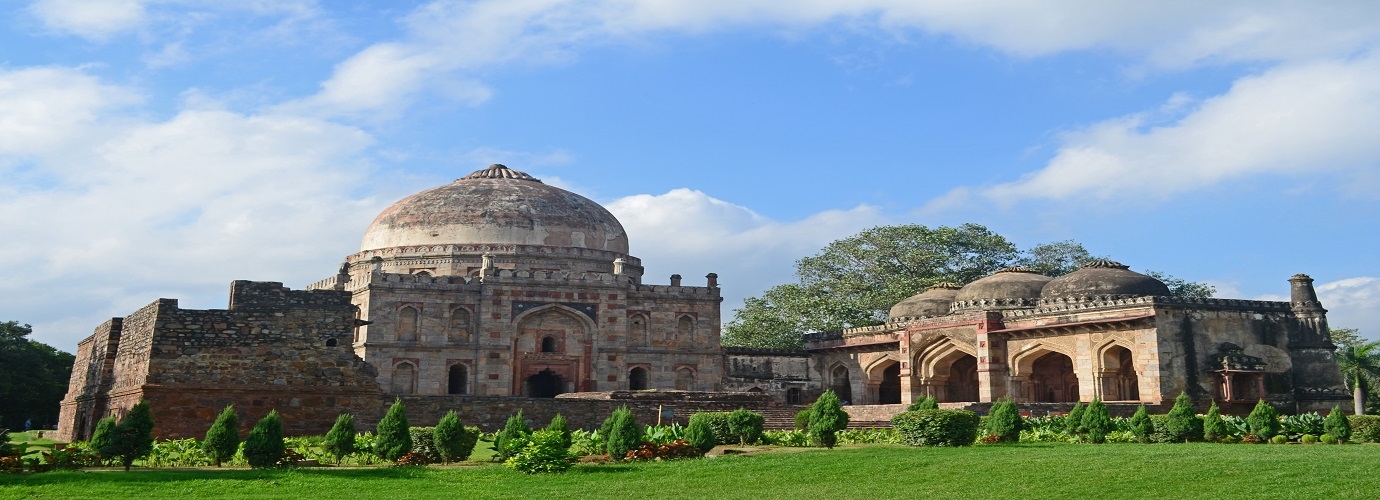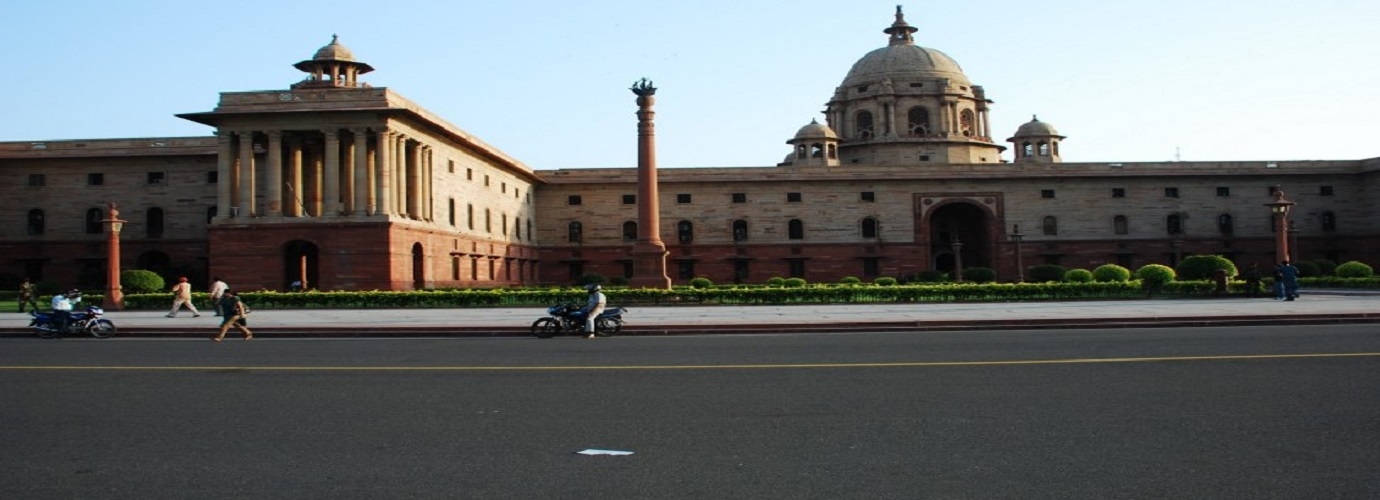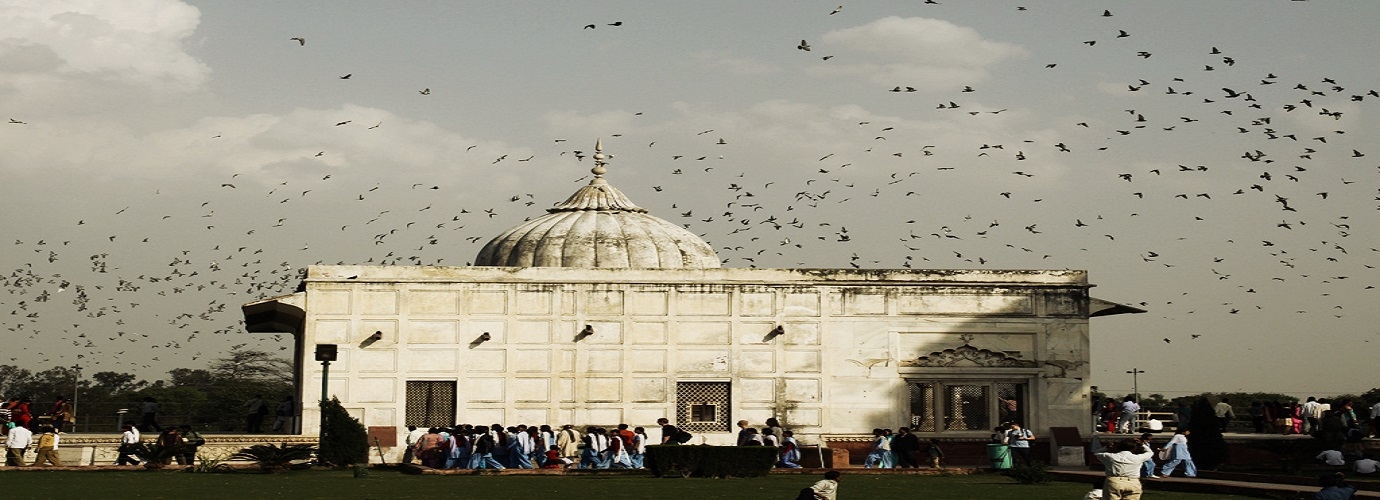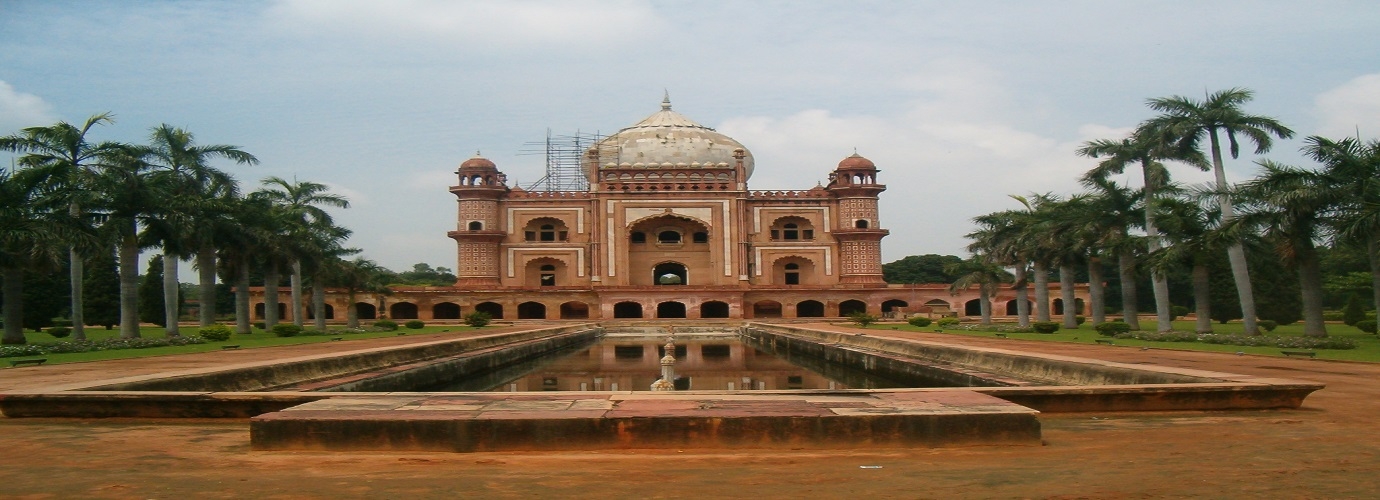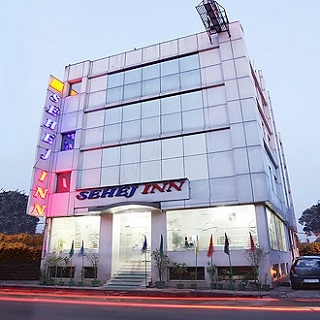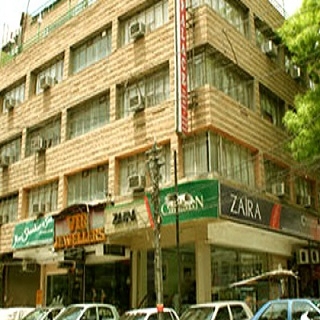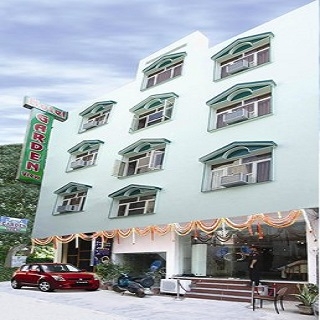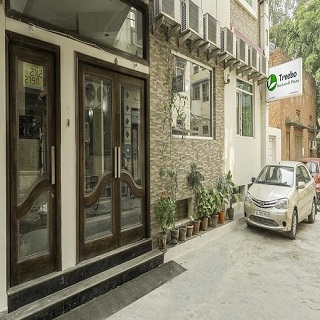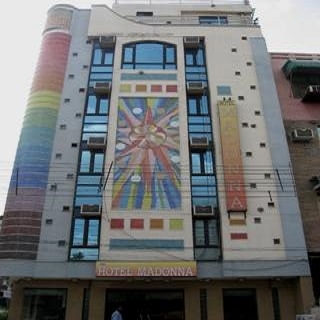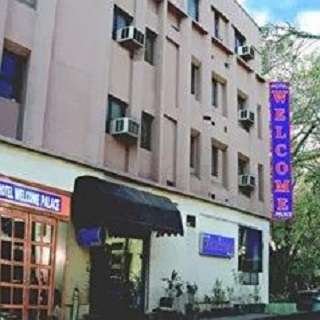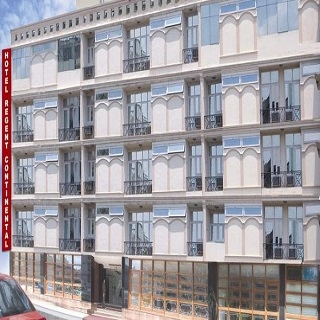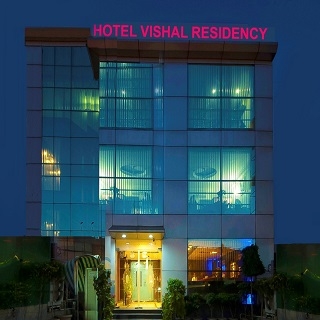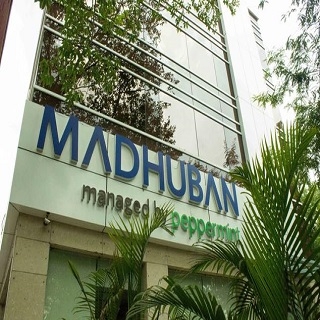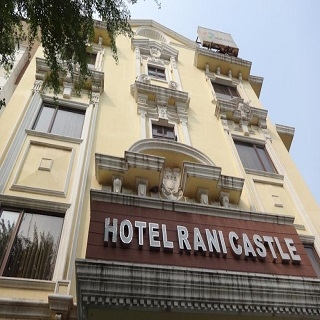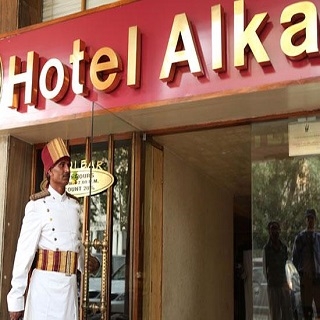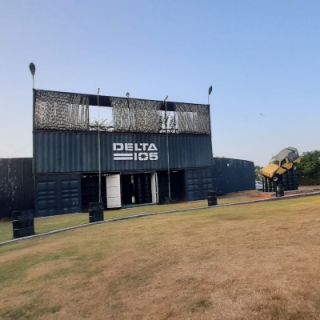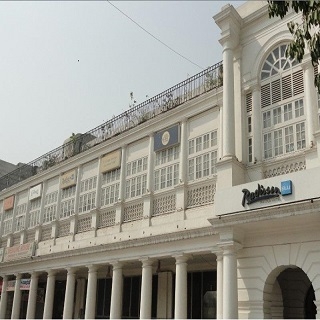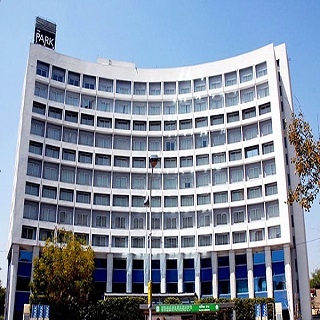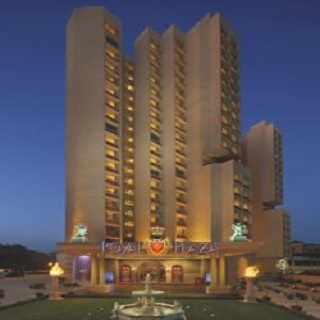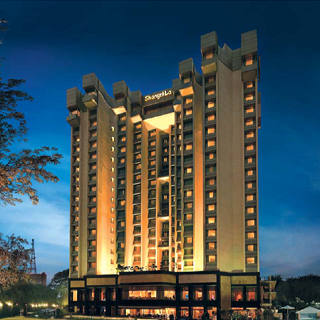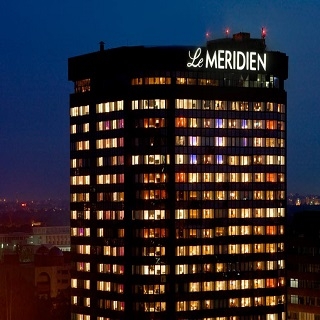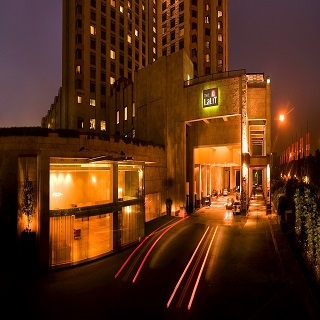New Delhi is a cosmopolitan city due to the multi-ethnic and multi-cultural presence of the vast Indian bureaucracy and political system. The city's capital status has amplified the importance of national events and holidays. National events such as Republic Day, Independence Day and Gandhi Jayanti (Gandhi's birthday) are celebrated with great enthusiasm in New Delhi and the rest of India. On India's Independence Day (15 August) the Prime Minister of India addresses the nation from the Red Fort. Most Delhiites celebrate the day by flying kites, which are considered a symbol of freedom. The New Delhi town plan, like its architecture, was chosen with one single chief consideration: to be a symbol of British power and supremacy. All other decisions were subordinate to this, and it was this framework that dictated the choice and application of symbology and influences from both Hindu and Islamic architecture. It took about 20 years to build the city from 1911. Many elements of New Delhi architecture borrow from indigenous sources; however, they fit into a British Classical/Palladian tradition. The fact that there were any indigenous features in the design were due to the persistence and urging of both the Viceroy Lord Hardinge and historians like E.B. Havell.
New Delhi
Delhi
North
New Delhi is a municipality and district in Delhi which serves as the capital and seat of government of India. In addition, it also serves as the seat of Government of Delhi. Much of New Delhi, planned by the leading 20th-century British architect Edwin Lutyens, was laid out to be the central administrative area of the city as a testament to Britain's imperial pretensions. New Delhi is structured around two central promenades called the Rajpath and the Janpath. The Rajpath, or King's Way, stretches from the Rashtrapati Bhavan to the India Gate. The Janpat, formerly Queen's Way, begins at Connaught Circus and cuts the Rajpath at right angles. 19 foreign embassies are located on the nearby Shantipath, making it the largest diplomatic enclave in India.
Distance from:
Panipat
88 KMAgra
180 KMChandigarh
246 KMJaipur
268 KMNew Delhi
Delhi
North
New Delhi is a municipality and district in Delhi which serves as the capital and seat of government of India. In addition, it also serves as the seat of Government of Delhi. Much of New Delhi, planned by the leading 20th-century British architect Edwin Lutyens, was laid out to be the central administrative area of the city as a testament to Britain's imperial pretensions. New Delhi is structured around two central promenades called the Rajpath and the Janpath. The Rajpath, or King's Way, stretches from the Rashtrapati Bhavan to the India Gate. The Janpat, formerly Queen's Way, begins at Connaught Circus and cuts the Rajpath at right angles. 19 foreign embassies are located on the nearby Shantipath, making it the largest diplomatic enclave in India.
Distance from:
Panipat
88 KMAgra
180 KMChandigarh
246 KMJaipur
268 KMMore About New Delhi
Places to Visit
How to Get There?
Airport
- Indira Gandhi Airport -12 Km
- Agra -212 Km
- Dehradun -237 Km
- Jaipur -273 Km
Railway
- New Delhi Station-5 Km
- Hazrat Nizamuddin station-11 Km
Bus
- ISBT Bus Stand -13 Km
- Anand Vihar -15 Km
- Chandigarh -246 Km
- Jaipur -268 Km
Road
- Panipat -88 Km
- Agra -180 Km
- Chandigarh -246 Km
- Jaipur -268 Km





